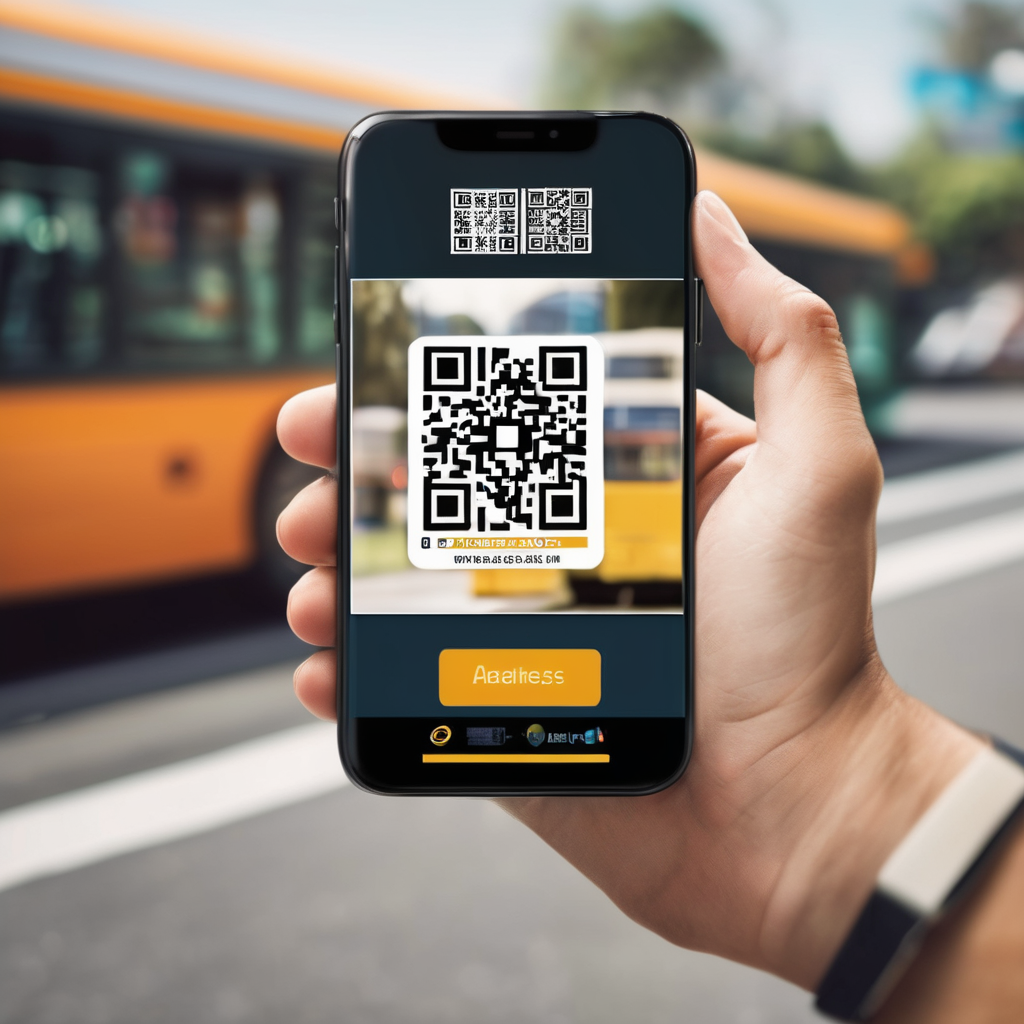The Fijian national e-Transport system is on track to launch a new QR Pay feature by October 20, further enhancing its cashless transport network. This innovative feature, compatible with both Android and iOS devices, will allow passengers to make payments directly through their smartphones, eliminating the need for physical cards and significantly improving travel convenience.
The announcement was made during the E-Ticketing Steering Committee meeting on October 9, attended by government representatives, members of the Fiji Bus Operators Association, and technology partners who discussed the advancements of the system. Deputy Prime Minister and Minister for Trade, Co-operatives, MSMEs, and Communications, Manoa Kamikamica, highlighted that the QR Pay feature represents a major step in Fiji’s digital transformation efforts, aiming to boost public convenience and enhance overall service efficiency.
Kamikamica stressed the importance of collaboration among government entities, bus operators, and digital service providers for the ongoing success of the e-Transport system. The initiative has already seen robust growth, with over 492,000 registered cards, 320,000 active monthly users, and an average of 128,000 daily users. Additionally, the mobile app has surpassed 95,000 downloads, connecting an impressive 65,000 unique cards.
This recent development aligns seamlessly with initiatives aimed at modernizing Fiji’s public transport system, especially in light of past challenges associated with the electronic ticketing system introduced previously, which underscored the necessity for more effective solutions. The government has been attentive to user feedback and is advancing toward a more integrated system that may eventually include real-time tracking, enhanced usability, and the possibility of incorporating more transport modes.
The introduction of the QR Pay feature is more than just a practical addition; it is part of a comprehensive strategic vision to streamline public transportation in Fiji, promising a more efficient and eco-friendly experience for all commuters. As the rollout progresses, there is optimism that these innovations will positively impact the public transport landscape, making it more accessible and reliable for the population.
